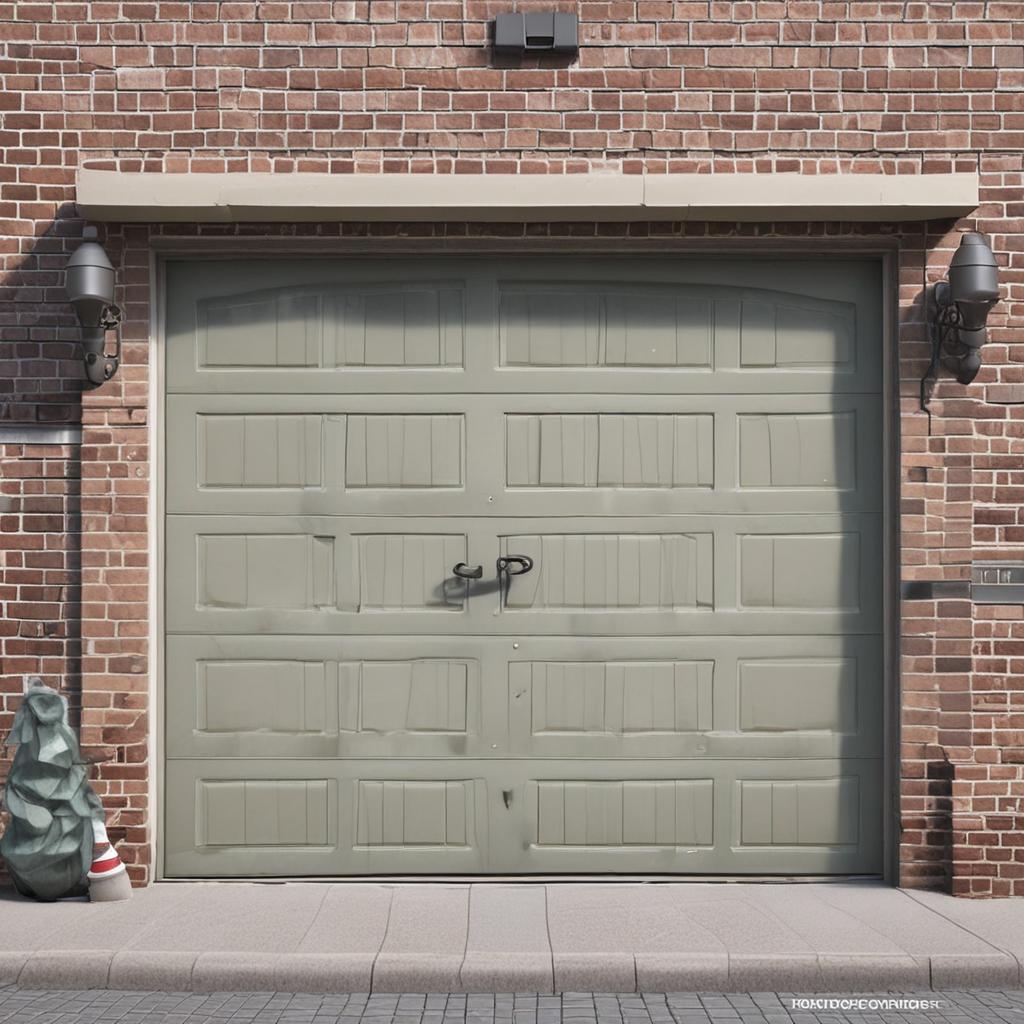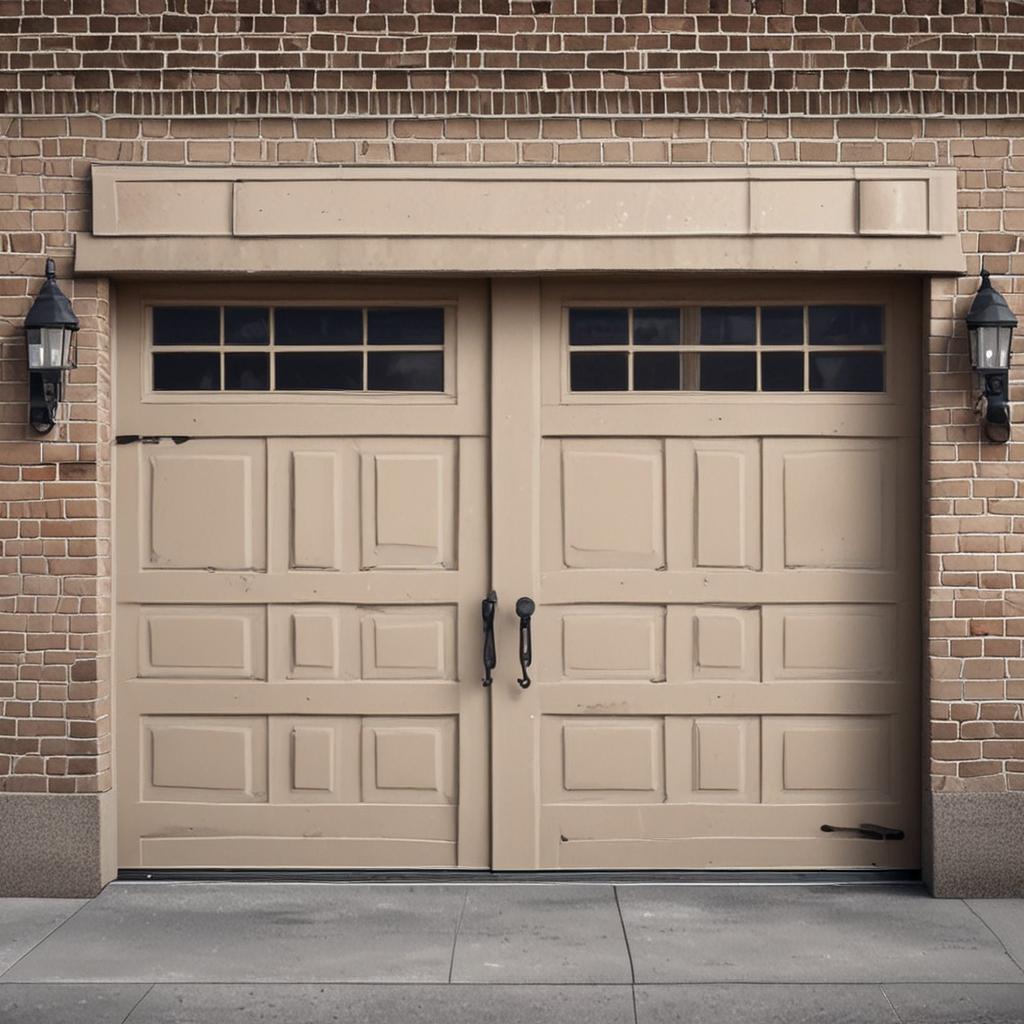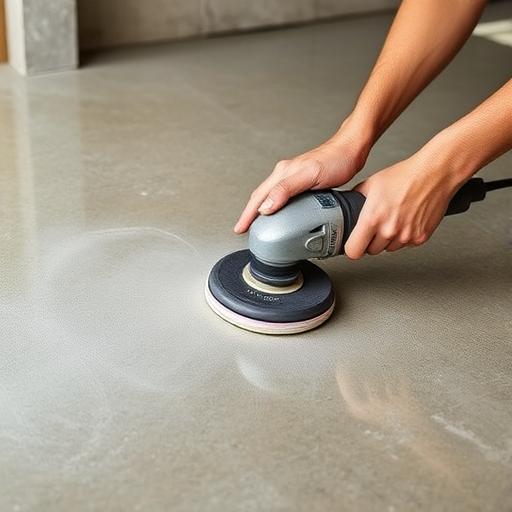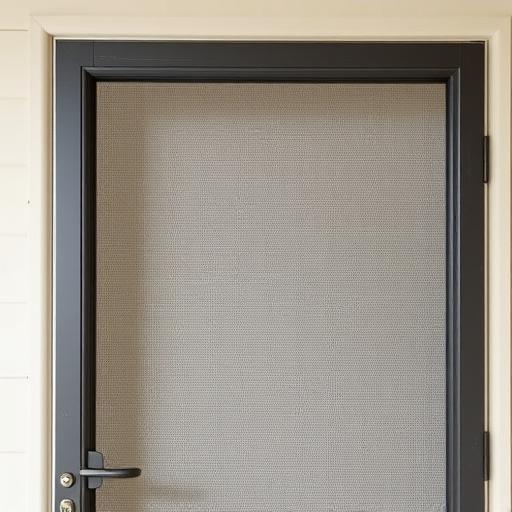How to Replace Garage Door Spring
Garage doors are a crucial part of any home, providing security, convenience, and curb appeal. However, one of the most critical components that keeps your garage door functioning smoothly is the spring system. Over time, these springs can wear out or break, leading to an unsafe and non-functional door. While replacing a garage door spring might seem like a daunting task, following the right steps can make the process manageable—if done with caution. In this guide, we’ll walk you through everything you need to know about replacing garage door springs safely and effectively, whether you’re dealing with torsion or extension springs.
Step-by-Step Process
Gather Tools
Collect wrenches, pliers, replacement spring, and safety gear.
Disconnect Power
Unplug opener or disconnect power to prevent accidents.
Remove Broken Spring
Loosen set screws and carefully detach the old spring.
Install New Spring
Align and secure the new spring with set screws and winding cones.
Test Door Balance
Check door balance and adjust spring tension if needed.
Process infographic for How to Replace Garage Door Spring
Understanding Garage Door Spring Types
Torsion Springs vs. Extension Springs
Garage door springs come in two primary types: torsion springs and extension springs. Torsion springs are mounted horizontally above the garage door and use torque to balance the door’s weight. Extension springs, on the other hand, are installed vertically on either side of the door and stretch and contract to assist with lifting. Torsion springs are generally more durable and safer to work with, but both types require careful handling due to their high tension.
How to Identify Your Spring Type
To determine which type of spring your garage door uses, inspect the door’s mechanism. Torsion springs are located above the door on a metal shaft, while extension springs run parallel to the horizontal tracks. Knowing the type of spring you have is essential because replacement techniques and tools differ between the two.
Gather Essential Tools and Materials
Tools for Safe Replacement
Before starting, gather the necessary tools to ensure a smooth and safe replacement process. You’ll need:
- Wrench set
Materials and Parts
In addition to tools, you’ll need the correct replacement parts:
- Matching torsion or extension springs
Where to Purchase Replacement Springs
You can find replacement springs at local hardware stores, garage door supply shops, or online retailers like Amazon. If you’re unsure about the correct size or type, consult the manufacturer’s specifications or take the old spring to a professional for guidance.
Step-by-Step Guide to Replacing a Garage Door Spring
Safety Precautions Before Starting
Garage door springs are under extreme tension, making them dangerous to handle. Before beginning, disconnect the garage door opener, secure the door in place, and ensure no bystanders are nearby. Wear protective gear, including gloves and goggles, and consider having a helper assist with stability.
Step 1: Release Spring Tension Safely
For torsion springs, use a winding bar to gradually unwind the coils. For extension springs, clamp the spring with locking pliers and cut the cable carefully. Always release tension slowly to avoid sudden movements.
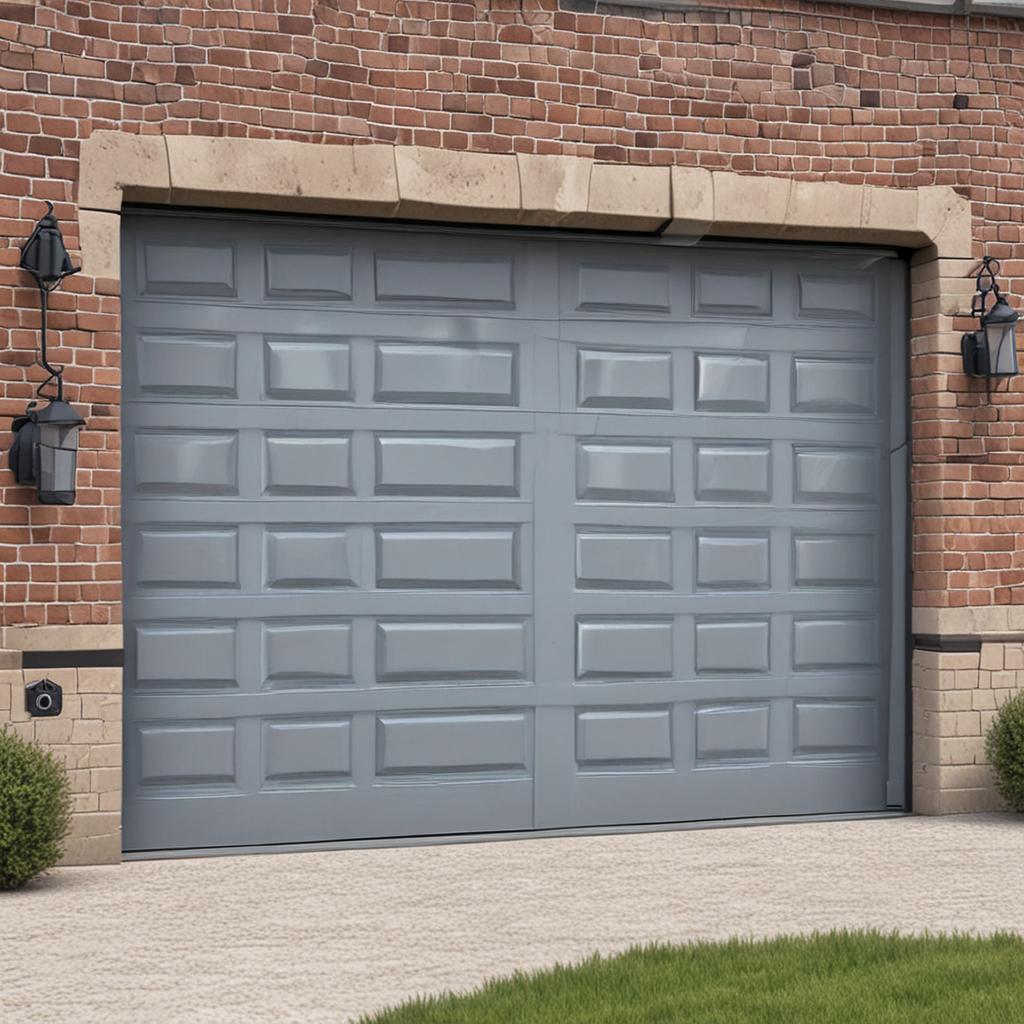
Step 2: Remove the Old Spring
Carefully detach the old spring from its mounting brackets or shaft. Be cautious of sharp edges and broken springs, which can cause injury if mishandled.
Step 3: Install the New Spring
Position the new spring in place, ensuring proper alignment. For torsion springs, wind it to the correct tension using the winding bars. For extension springs, attach them to the track and adjust the cables for proper tension.
Step 4: Test and Balance the Garage Door
Once installed, manually lift the door to check for smooth operation. If the door feels uneven or struggles to move, adjust the spring tension or alignment as needed.
Common Mistakes to Avoid
Overlooking the Need for Professional Help
If you’re inexperienced or the springs are overly tense, it’s best to call a professional. Attempting a DIY fix without proper knowledge can lead to injuries or further damage.
Incorrect Spring Sizing
Using the wrong spring size can cause the door to malfunction or even become hazardous. Always verify the correct measurements before purchasing replacements.
Skipping Safety Steps
Rushing through the process or neglecting safety gear increases the risk of accidents. Take your time and follow each step carefully.
Maintenance Tips After Replacement
Regular Inspection Schedule
Check your garage door springs every few months for signs of wear, rust, or fraying. Early detection can prevent sudden failures.
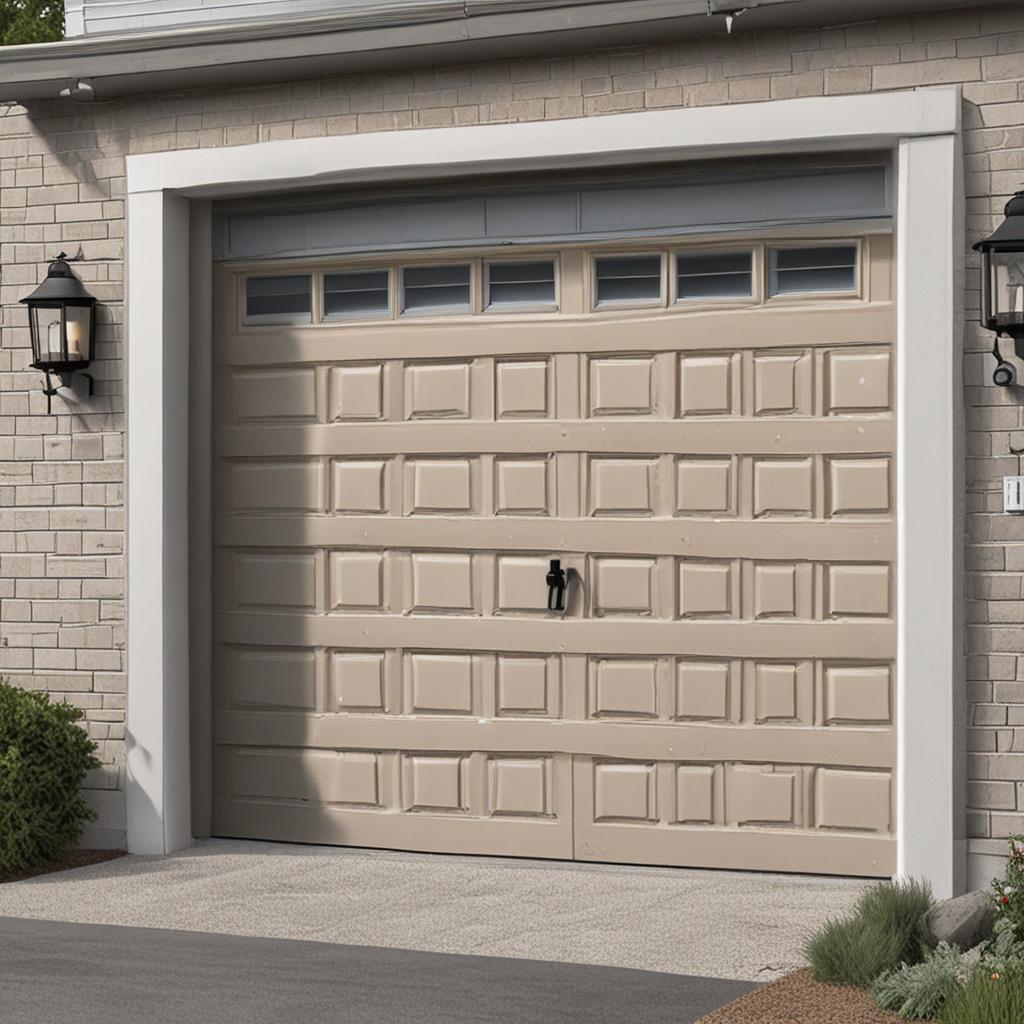
Lubrication for Longevity
Apply a garage door lubricant to moving parts, including springs, hinges, and rollers, to reduce friction and extend lifespan.
Adjusting Cable Tension
Ensure the door remains balanced by periodically checking and adjusting cable tension. This prevents uneven stress on the springs.
Conclusion: Ensure Safe and Efficient Garage Door Operation
Replacing a garage door spring is a task that requires precision, patience, and a strong focus on safety. By following this guide, you can replace your springs correctly and maintain your garage door’s functionality. However, if you’re unsure about any step, don’t hesitate to contact a professional to avoid risks. Regular maintenance and timely replacements will keep your garage door operating smoothly for years to come.
FAQ: How to Replace Garage Door Spring
How long does it take to replace a garage door spring?
The average time is 1-2 hours, depending on your experience and the type of spring.
Can I replace a garage door spring without professional help?
Yes, but only if you’re experienced and have the right tools. Otherwise, consult a technician.
What are the signs my garage door spring needs replacement?
Look for uneven door movement, loud squeaking, slow door descent, or visible cracks in the spring.
How much does a new garage door spring cost?
Parts alone range from $30 to $100, while professional installation may add $150 to $300.
Do I need to replace both springs if only one is broken?
Yes, replacing both ensures balance and prevents uneven wear on the door mechanism.
